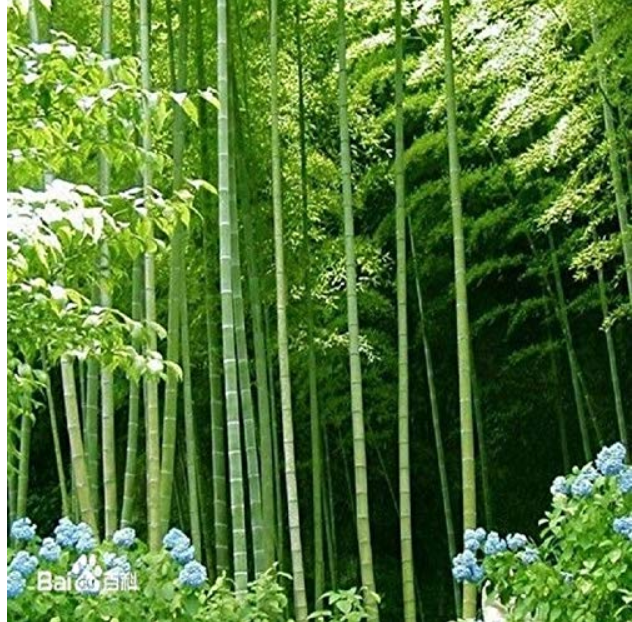

Bamboo flooring rates very highly compared to types of hardwood flooring: They are then able to measure the hardness and compare it another species of bamboo or wood. It is a complex test which drives a small steel ball into the wood or bamboo to a certain depth. In order to test bamboo in comparison to other flooring materials (in the UK), the Janka Hardness Scale is used. It also has greater tensile strength (its resistance to being pulled apart) than steel. It actually has a higher fibre rating than wood, meaning it can withstand compression better than timber and even concrete. This ensures that healthy, abundant crops of bamboo can be harvested each year as a particular section of the forest reaches its maturity.īamboo is an extremely strong natural material.

#MOSO BAMBOO PLANT FULL#
The bamboo forest is usually spilt into different sections and colour coded so that it is only cut after the fifth year, once it has reached full maturity. If the root is in-tact the bamboo will continue to grow and be ready for another harvest in five years’ time.ĭuring the harvesting season of a bamboo forest, a methodical and systematic approach is used to make sure that the whole forest is not cut. This is done very carefully, by hand, to ensure the self-regenerating root is not damaged. Moso bamboo forests are usually harvested every five to six years. It is classed as an renewable, eco-friendly and sustainable material. The rapid growth and clever regenerating properties of bamboo are making it a popular alternative to hardwood as a material for flooring, furniture and utensils. The flowers produce seeds which fall to the ground and germinate very quickly to create new Moso bamboo plants.Īll types of bamboo have self-regenerating properties, which mean that once they have been cut down during a harvest they will just grow again from the root, which eliminates the need for the re-planting of new crops. Moso bamboo does flower but the process is very sporadic and it only happens every 50 to 100 years. It continually reproduces by sending culms of bamboo from its underground stem (called a rhizome). It grows very quickly and can reach maturity in around 5 to 6 years. It is classed as a giant bamboo and has been known to reach up to 28 meters tall. Moso bamboo is native to China and Taiwan. Bamboo is one of the fastest growing plants in the world, with one species reaching a record 91cm in just 24 hours! There are many different species of bamboo, but the type of bamboo that is used for flooring and other manufactured products is called Moso Bamboo, or its scientific name is Phyllostchys Edulis. Bamboo has the ability to re-generate, meaning that it will continue to grow from the root after it has been harvested. The outer part of bamboo is known as a culm and the ringed part on the stem is called a node. It has a green outer cylindrical layer with a hollow stem. Bamboo is part of the grass family and is an evergreen perennial flowering plant.


 0 kommentar(er)
0 kommentar(er)
